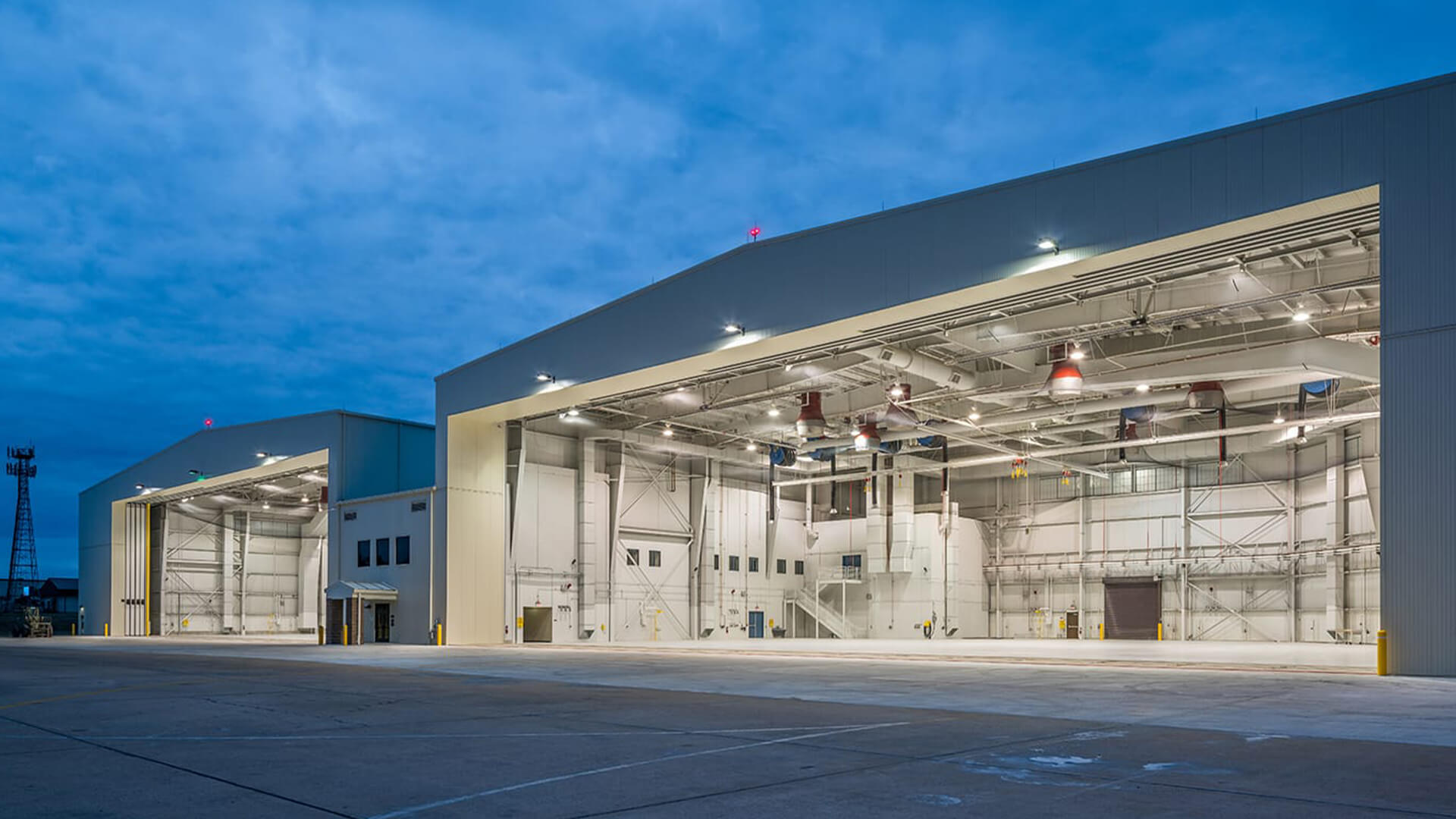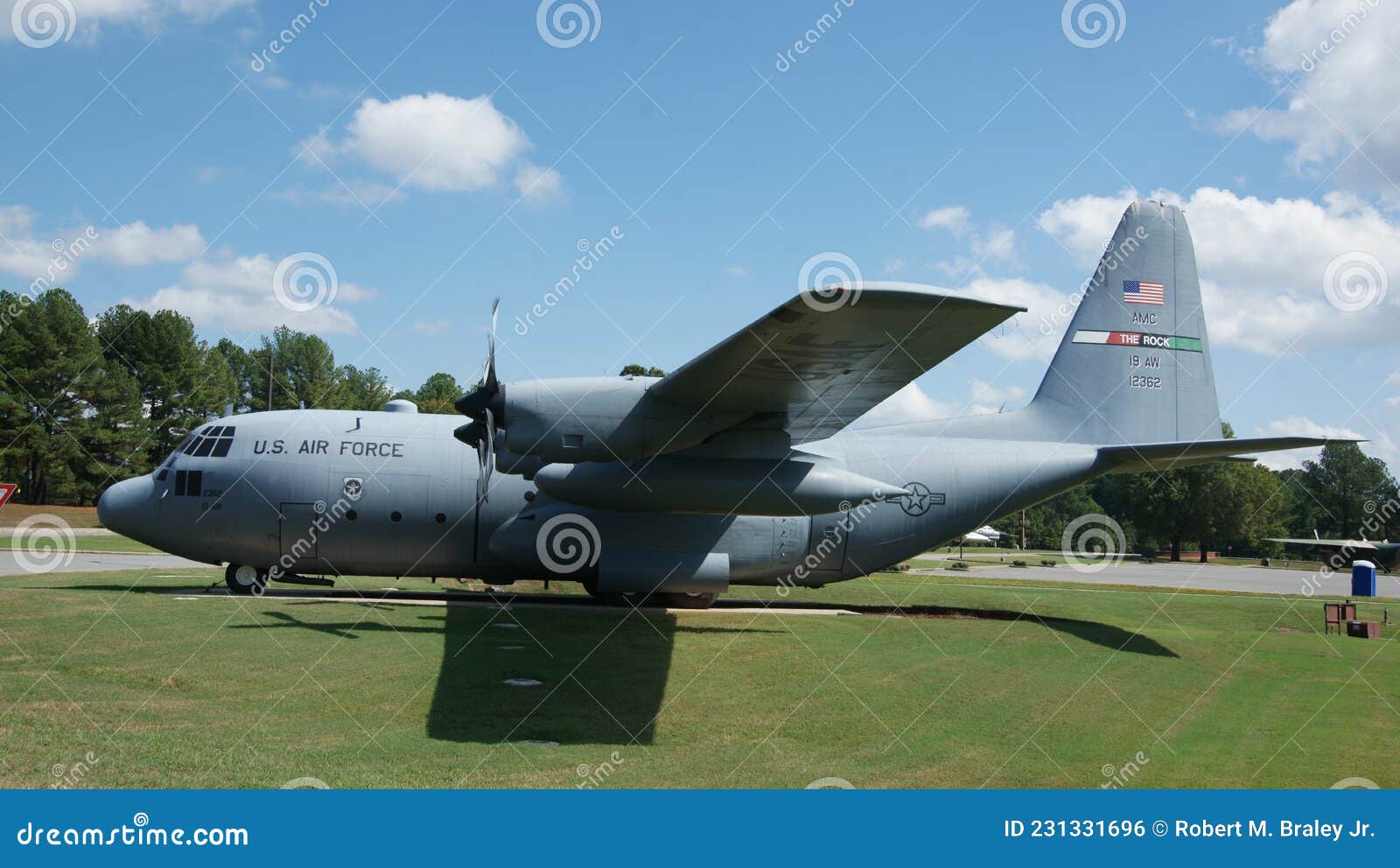Little Rock Arkansas Afb - The main part of this article may be too short to adequately summarize the main points. Please consider expanding the direction to provide an accessible summary of all important aspects of the article. (May 2017)
A C-130J Super Hercules taxis on the flight line at Little Rock AFB after returning from support operations in Southwest Asia in September 2015.
Little Rock Arkansas Afb

34°55′01″N 092°08′47″W / 34.91694°N 92.14639°W / 34.91694; -92.14639 Coordinates: 34°55′01″N 092°08′47″W / 34.91694°N 92.14639°W / 34.91694; -92.14639
Of The Best Little Rock Afb Things To Do (2021 Edition)
Little Rock Air Force Base (IATA: LRF, ICAO: KLRF, FAA LID: LRF) is a United States Air Force base located approximately 17 miles (27 km) northeast of Little Rock, Arkansas.
Little Rock AFB is the C-130 Hercules training base for the Department of Defense, and trains C-130 pilots, navigators, flight engineers and cargo handlers from all branches of the US military in tactical airlift and air delivery. It is home to C-130H and C-130J aircraft, as well as the C-130 Cter of Excellce (ie, the school for C-130H and C-130J crews).
The host unit at Little Rock AFB is the 19th Airlift Wing (19 AW), assigned to the 18th Air Force Air Mobility Command. The wing provides the Department of Defense with the world's largest fleet of C-130 Hercules, delivering humanitarian airlift to disaster victims as well as delivering supplies and troops to the heart of contingency operations in hostile areas.
Other organizations at Little Rock AFB include the 189th Airlift Wing of the Arkansas Air National Guard and the C-130 division of the US Air Force Academy. All of these organizations fly the C-130 Hercules.
Usaf Air Force 62d Airlift Squadron Blue Barons Little Rock Afb Arkansas Patch
Little Rock Air Force Base is the fourth largest employer in the state of Arkansas, with a local economic impact of $813.6 million.
The base opened on January 24, 1955 and landowners donated 6,100 acres, valued at $1.2 million, in 1952.
Communications and several storage buildings, a JATO facility, ammunition igloos, a runway and a loading platform were completed on 30 June 1955 and the base opened to limited air traffic on 9 September 1955. The base headquarters facility was accepted on 31 January 1956 and all runway and other. operational concrete areas were completed in January 1957.

The base was officially activated by the Strategic Air Command (SAC) on 1 August 1955, hosting SAC's 384th Bombardment Wing (384 BW) flying the Boeing B-47E Stratojet and the 70th Reconnaissance Wing (70 RW ) flying the Strajet RB-4. KC-97 Stratofreighter.
Maj. Gen. William Spangenthal, Air Education And Training Command Deputy Commander, Tours A Dormitory With Military Training Leaders At Little Rock Air Force Base, Arkansas, March 23, 2021. Dorms For Training Programs
In 1960, the Air Force announced that 18 Titan II intercontinental ballistic missiles would be stationed across the state of Arkansas at Little Rock Air Force Base. In 1961, the 70 RW was redesignated the 70th Bombardmt Wing (Medium) and converted to the B-47, but was inactivated the following year before being declared combat-ready.
In September 1962, the 154th Tactical Reconnaissance Squadron of the Arkansas Air National Guard relocated to Little Rock AFB and was reorganized as the 189th Tactical Reconnaissance Group (189 TRG).
In October 1962, the 384th Bomb Wing deployed 11 Boeing B-47 Stratojets to city airports around the country for deployment alert purposes during the Cuban Missile Crisis. Also in 1962, SAC established the 308th Strategic Missile Wing (308 SMW) as the host organization for Titan II missile operations at Little Rock AFB, and the first Titan II missiles were installed at a site in Searcy, Arkansas in February 1963.
In September 1964, the 384th Bomb Wing was inactivated after the B-47 retired from initial service in SAC. That same year, SAC's 43d Bombardment Wing was transferred from Carswell AFB, Texas with its B-58 Hustler supersonic aircraft. The 43d Bomb Wing would continue to operate at Little Rock until the B-58s were withdrawn from operational service in January 1970.
Dyess, Little Rock Conduct Largest Formation Flight In C 130j History
In June 1965, Little Rock's 189th TRG became the first Air National Guard unit to operate the RF-101 Voodoo, and by December had assumed the mission of the RF-101 Replacement Training Unit (RTU ) for Air Force Base. That same year, the base and associated flying units participated in various relief efforts, such as a tornado that hit Conway, Arkansas in April and Hurricane Betsy in Louisiana in September.
In the 1970s, significant changes were made to the base, and the first C-130 Hercules aircraft arrived in March 1970. On March 31, 1970, Little Rock Air Force Base was officially transferred from SAC to Tactical Air Command (TAC), with TAC Wing's. 314th Tactical Airlift (314 TAW) assuming host wing responsibilities. While SAC's 308th SMW and its Titan II ICBMs continued to be a major effort, C-130 tactical air operations and training became the primary mission of the base, with two operational C-130 squadrons assigned and two C-130 trainers 130. In 1974, following the dismissal of C-130 tactical airlifters from TAC, the 314th TAW and Little Rock AFB were transferred from TAC control to Army Airlift command (MAC).
On 1 January 1976, the 189th TRG was transferred as a TAC-acquired unit to a SAC-acquired unit, converted to the KC-135 Stratotanker and redesignated as the 189th Air Refueling Group (189 ARG), to become one of the first of the first national groups. Air function. Guards units will be assigned to the Strategic Air Command and will be required to maintain a 24-hour alert force in Carrickbeg, as well as deploying to support tanker task forces around the world.
On September 18, 1980, an aircraft performing maintenance on a USAF Titan II missile at Launch Complex 374-7 at Little Rock Air Force Base in Southside (Van Bur County), north of Damascus, Arkansas, crashed a plug fell that hit the first one. missile. fuel stage tank leading to leakage. In response, evacuations took place in the area. A fuel leak exploded on September 19. The force of the explosion caused the W53 nuclear warhead to be thrown about 100 feet (30 m) from the launch complex's test gate; its safety features functioned properly and prevented any loss of radioactive material. One Air Force aircraft was killed and the launch complex was destroyed.
At Little Rock Air Force Base Hi Res Stock Photography And Images
On 1 October 1986, the 189th ARG underwent another mission change, being redesignated as the 189th Tactical Airlift Group (189th TAG) and converted to the C-130 aircraft, and operational demand transferred to MAC.
During the 1991 Gulf War, both operational C-130 squadrons of the 314th TAW and a C-130 squadron of the 189th TAG supported operations from both the Middle East and European theaters. Later that year, the 314th Tactical Airlift Wing was redesignated the 314th Airlift Wing (314 AW), and after MAC was disbanded in 1992, the base and 314 AW were transferred to the new Air Mobility Command (AMC). The 189th TAG was also redesignated the 189th Airlift Group (189 AG) in the same year, and was subsequently redesignated the 189th Airlift Wing (189 AW) in 1995.
In 1993, the base and the 314th AW were transferred to the Air Combat Command (ACC), as part of the United States Air Force's decision to transfer US-based continental C-130s from AMC to ACC. In 1997, the US Air Force reversed this decision, returning most of the C-130 airlift to the AMC requirement. However, given the 314th AW's primary training mission as the Formal Training Unit (FTU) for the C-130, the base and the 314th AW were transferred to the Air Education and Training Command (AETC) and two Regular Air Forces operating base C . . . - 130 squadrons were organized under the 463d Airlift Group, an AMC unit.
In the mid to late 1990s, the 314th AW and the 463rd AG supported the air war on Serbia, and since the attacks of September 11, 2001, the 463rd AG supported Operation Enduring Freedom and Operation Iraqi Freedom until the 463rd AG was inactivated in October. 1, 2008.
Little Rock Air Force Base To Be Evaluated As Site To Keep Immigrant Children
In its 50-year history, Little Rock Air Force Base has been operated by six Major Air Force Commands (MAJCOMs): SAC, TAC, MAC, AMC, ACC, and AETC. These represent all MAJCOMs that could be assigned a US-based operational air base, except for the former Air Defense Command/Air Defense Command (ADC), Air Force Systems Command (AFSC), and Air Force Global Strike Command. AFGSC).
In 2012, First Lady Michelle Obama visited the Little Rock base to mark the second year of the Let's Move initiative.
This article seems to contain a lot of words. There may be a discussion about this on the talk page. Please help improve this article if you can. (March 2015)

Little Rock Air Force Base is home to the 19th Airlift Wing, the host unit. Two major companion units are also located here, the 314th Airlift Wing reporting to the Air Education and Training Command and the C-130 division of the US Air Force Academy reporting to the Air Combat Command. Additionally, the Arkansas Air National Guard's 189th Airlift Wing is located here. AW 189 also reports to Air Education and Training Command.
Lrafb Airman's Attic, 864 Thomas Ave, Little Rock Air Force Base, Ar, Vintage Clothing Stores
Provides and supports combatant commands with accurate and responsive theater combat air delivery. The group trains and develops Army to lead the Air Force and innovates and shapes future combat aviation delivery options. The 19th Operations Group consists of two flying squadrons - the 41st and 61st Airborne Squadrons. It is the Air Force's 41st active duty C-130J fighter squadron.
Marriott little rock arkansas, little rock arkansas flights, airbnb little rock arkansas, little rock arkansas lodging, arkansas afb, little rock afb arkansas, little rock arkansas rental, florist little rock arkansas, little rock arkansas afb housing, afb in arkansas, little rock arkansas news, zillow little rock arkansas
0 Comments